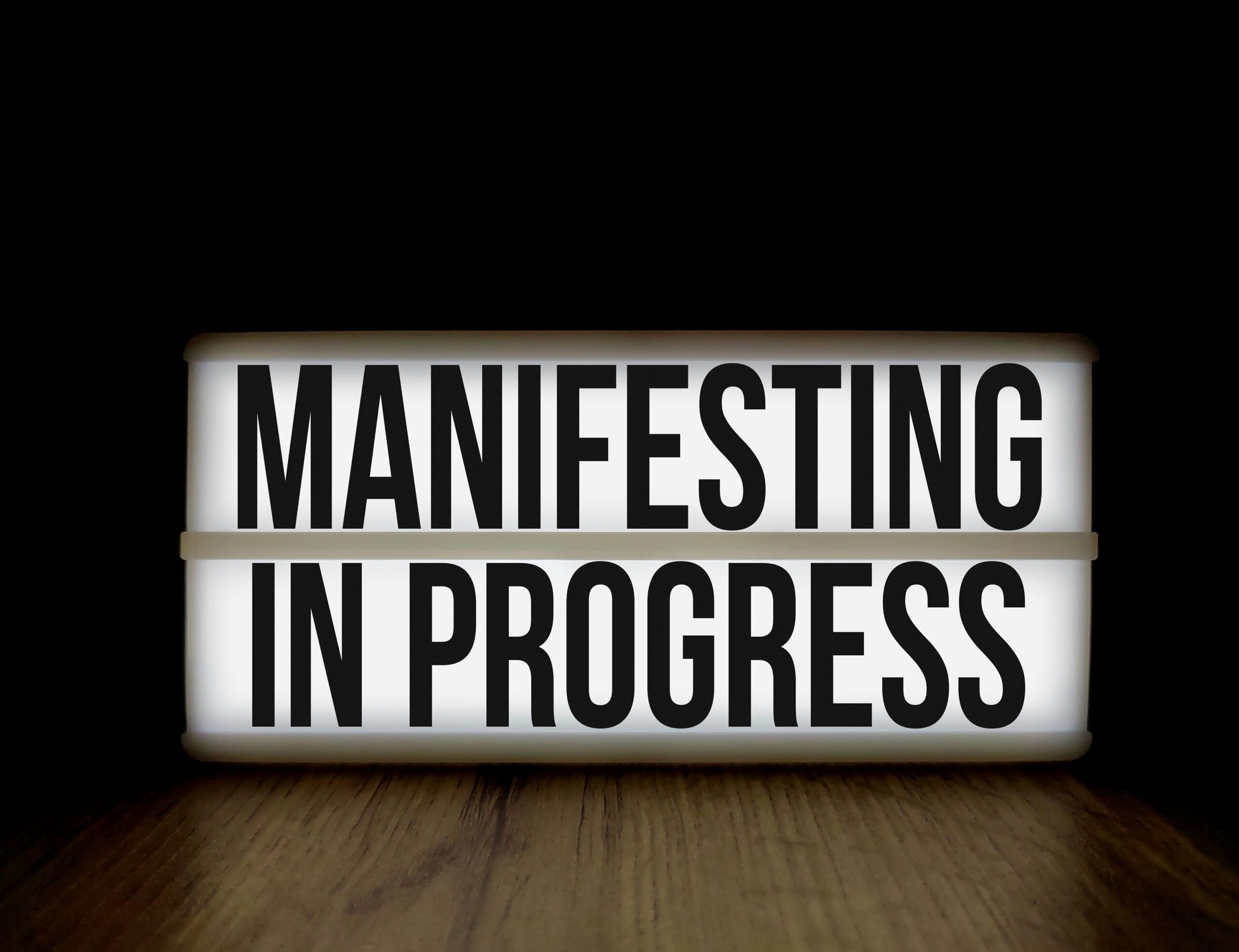Small, consistent actions repeated daily hold the secret to transforming every aspect of your life, from health and productivity to relationships and personal growth.
The concept of atomic habits has revolutionized how millions of people approach personal development. Rather than relying on massive overhauls or bursts of motivation, this approach focuses on tiny, manageable changes that compound over time into remarkable results. James Clear’s groundbreaking framework demonstrates that you don’t need to reinvent yourself overnight—you simply need to adjust your systems and processes by just one percent each day.
The mathematics behind incremental improvement is striking: if you improve by 1% every day for a year, you’ll end up 37 times better than when you started. Conversely, if you decline by 1% daily, you’ll deteriorate to nearly zero. This exponential nature of habits explains why some people seem to achieve extraordinary success while others struggle despite having similar starting points.
🧠 Understanding the Architecture of Habits
Every habit follows a predictable pattern that Clear identifies as the habit loop: cue, craving, response, and reward. The cue triggers your brain to initiate a behavior, predicting a reward. The craving provides the motivational force behind every habit—you don’t crave the habit itself but the change in state it delivers. The response is the actual habit you perform, and the reward satisfies your craving while teaching your brain which actions are worth remembering.
Understanding this loop is crucial because it reveals where interventions can be most effective. You can’t simply rely on willpower to change behavior; you need to redesign your environment and systems to make good habits inevitable and bad habits difficult.
The atomic habits philosophy emphasizes that habits are the compound interest of self-improvement. Just as money multiplies through compound interest, the effects of your habits multiply as you repeat them. They seem to make little difference on any given day, yet the impact they deliver over months and years can be enormous.
💡 The Four Laws of Behavior Change
The framework for building good habits rests on four fundamental laws that work with your brain’s natural wiring rather than against it. These laws provide a practical roadmap for habit formation that anyone can implement immediately.
Make It Obvious
The first law addresses the cue. Many people struggle with habits not because they lack motivation but because they don’t have clear triggers. Implementation intentions—plans that specify when and where you’ll act—dramatically increase the likelihood of following through. Instead of saying “I’ll exercise more,” you declare “I will exercise for 30 minutes at 6 AM in my living room.”
Environment design plays an equally critical role. Visual cues act as reminders and can nudge you toward desired behaviors. If you want to drink more water, place water bottles in prominent locations throughout your home and workplace. If you want to practice guitar daily, leave the instrument on a stand in the center of your room rather than hidden in a closet.
Habit stacking—pairing a new habit with an existing one—leverages the neural pathways you’ve already established. The formula is simple: “After [current habit], I will [new habit].” For example, “After I pour my morning coffee, I will meditate for two minutes.”
Make It Attractive
The second law targets the craving phase. Temptation bundling links actions you want to do with actions you need to do, making challenging habits more appealing. You might only watch your favorite show while exercising, or only get a pedicure while reviewing financial documents.
Joining a culture where your desired behavior is the normal behavior provides powerful social reinforcement. Humans are deeply influenced by the habits of three groups: the close (family and friends), the many (the tribe), and the powerful (those with status and prestige). Surrounding yourself with people who have the habits you want to adopt creates an environment where the right behavior is both attractive and normal.
Reframing your mindset about habits also increases their appeal. Instead of viewing meditation as something you “have to do,” see it as an opportunity to reduce stress and improve focus. This subtle shift from external obligation to internal opportunity changes how your brain processes the habit.
Make It Easy
The third law addresses the response—the actual behavior itself. Reduce friction for good habits and increase friction for bad ones. Meal prepping on Sunday makes healthy eating easy during the week. Deleting social media apps from your phone makes mindless scrolling harder.
The two-minute rule states that when you start a new habit, it should take less than two minutes to do. This isn’t about doing the entire behavior but about mastering the art of showing up. “Read before bed each night” becomes “Read one page.” “Do thirty minutes of yoga” becomes “Take out my yoga mat.” These gateway habits establish the identity and routine that make larger behaviors possible.
Automation and technology can lock in future behavior and deliver big returns with minimal effort. Setting up automatic transfers to savings accounts, using website blockers during work hours, or utilizing apps that track habits removes the need for constant decision-making.
Make It Satisfying
The fourth law focuses on the reward. The cardinal rule of behavior change is that what is immediately rewarded is repeated, and what is immediately punished is avoided. This creates a challenge because many good habits have delayed rewards while bad habits deliver immediate gratification.
Immediate reinforcement helps bridge this gap. Use a habit tracker to visualize progress—seeing a chain of successful days creates satisfaction and motivation to continue. The tracker itself becomes a visual cue and a form of immediate gratification.
Never miss twice. When you do break your streak, get back on track immediately. Missing once is an accident; missing twice is the start of a new habit. Elite performers don’t necessarily have fewer setbacks than others—they’re simply better at getting back on track quickly.
Accountability partners and habit contracts add social consequences to behavior. Knowing someone else is watching your progress or that breaking your commitment carries a financial cost increases the satisfaction of following through and the pain of failure.
🎯 Identity-Based Habits: The Deeper Level of Change
The most profound insight in the atomic habits framework is the emphasis on identity over outcomes. Most people approach habits by focusing on what they want to achieve—lose weight, write a book, run a marathon. However, lasting change happens when you shift focus to who you wish to become.
There are three layers of behavior change: outcomes (what you get), processes (what you do), and identity (what you believe). Building habits at the identity level means focusing on becoming a certain type of person rather than achieving a specific outcome. You don’t aim to read a book; you become a reader. You don’t aim to run a marathon; you become a runner.
This distinction matters because behavior that is incongruent with the self will not last. You might motivate yourself to exercise or eat healthy for a while, but if you don’t shift your underlying identity, it’s hard to stick with long-term changes. The goal isn’t to read a book, run a race, or lose weight—the goal is to become a reader, a runner, or a healthy person.
Every action you take is a vote for the type of person you wish to become. No single instance will transform your beliefs, but as votes accumulate, so does the evidence of your new identity. This is why small habits matter so much—they repeatedly cast votes for your desired identity.
⚡ The Plateau of Latent Potential
One of the most frustrating aspects of habit formation is what Clear calls the “valley of disappointment.” You expect linear progress—work hard and see immediate results. Unfortunately, this isn’t how habits work.
Habits often appear to make no difference until you cross a critical threshold that unlocks a new level of performance. In the early stages, there’s often a valley where you’re putting in effort but not seeing results. This is the critical period where most people quit.
Imagine an ice cube sitting on a table in a room that’s 25 degrees Fahrenheit. Slowly, the room heats up: 26 degrees, 27, 28, 29, 30, 31—still nothing happens. Then, at 32 degrees, the ice begins to melt. That one degree of difference unlocks a massive change, yet all the work done to heat the room from 25 to 31 degrees seemed wasted.
Breakthrough moments are often the result of many previous actions that build up the potential required for a major change. This pattern shows up everywhere: bamboo can barely be seen for the first five years while it builds extensive root systems underground, then grows 90 feet in six weeks. Similarly, habits need time below the surface to compound before breaking through.
🔄 The Goldilocks Rule: Staying Motivated
Sustaining motivation over the long term requires maintaining the right level of difficulty. The Goldilocks Rule states that humans experience peak motivation when working on tasks that are right on the edge of their current abilities—not too hard, not too easy, but just right.
When habits become too easy, they become boring. When they become too difficult, they create frustration. The sweet spot is approximately 4% beyond your current ability. This level of challenge keeps you engaged without overwhelming you.
As habits become routine, they also become less interesting. This is both their strength and their weakness. The upside of habits is that you can do things without thinking; the downside is that you stop paying attention to little errors. Professionals maintain their edge through deliberate practice—they remain focused on getting 1% better even when habits become automatic.
The greatest threat to success isn’t failure but boredom. Anyone can work hard when they feel motivated. The ability to keep going when work isn’t exciting is what separates professionals from amateurs. Falling in love with boredom is the real challenge of sustained improvement.
🛠️ Advanced Tactics for Habit Optimization
Once foundational habits are established, optimization begins. This involves refining your approach, eliminating inefficiencies, and maximizing the return on your effort.
The Habit Scorecard
Before building new habits, audit your current ones. List all your daily behaviors and mark each as positive (+), negative (-), or neutral (=). This awareness exercise reveals patterns you might not consciously recognize and identifies opportunities for improvement.
Environment Design
Your environment is the invisible hand that shapes behavior. Rather than relying on self-control, engineer your surroundings to make good decisions automatic. Create separate spaces for different activities: one area for work, another for relaxation. This context-dependent memory makes it easier to stick to intended behaviors.
The Commitment Device
A commitment device is a choice you make in the present that controls your actions in the future. Examples include asking a friend to hold you accountable, scheduling workouts with a trainer (financial commitment), or using apps that block distracting websites during work hours. These devices lock in future behavior by increasing the friction required to quit.
📊 Tracking Progress Without Obsession
Measurement provides feedback and creates awareness, but obsessive tracking can become counterproductive. The key is finding metrics that matter without letting numbers define your entire identity or worth.
Paper clip strategy, visual progress, and habit trackers all work because they provide clear evidence of progress. However, when measurement becomes more important than the behavior it’s supposed to support, you’ve lost the plot. Track what matters, but remember that not everything that matters can be measured.
Regular reviews—weekly, monthly, and annually—help you zoom out and see the bigger picture. Ask yourself: What went well? What didn’t go well? What did I learn? This reflection transforms experience into wisdom and helps you iterate on your systems rather than repeating mistakes.
🌟 Breaking Through Plateaus and Sustaining Progress
Plateaus are inevitable in any pursuit of mastery. The initial improvements come quickly, but as you advance, marginal gains become harder to achieve. This is when most people abandon the path, but it’s also when the real work begins.
Variable rewards—unpredictable positive outcomes—can reinvigorate stale routines. Adding variety within structure prevents boredom while maintaining consistency. A runner might explore new routes, a writer might experiment with different genres, a cook might try unfamiliar cuisines.
Reflection and review prevent sliding into autopilot. Schedule time to assess what’s working and what needs adjustment. The most successful people are those who continuously refine their approach based on feedback and changing circumstances.

🚀 Living a Life of Continuous Improvement
The atomic habits philosophy isn’t about perfection—it’s about trajectory. Small changes don’t seem to matter much in the moment, but they compound into remarkable results over time. The difference between who you are and who you want to be often comes down to your habits.
Success is not a goal to reach or a finish line to cross. It’s a system to improve, an endless process to refine. When you fall in love with the process rather than the product, you don’t have to wait to give yourself permission to be happy. You can be satisfied anytime your system is running.
Your outcomes are a lagging measure of your habits. Your net worth is a lagging measure of your financial habits. Your weight is a lagging measure of your eating habits. Your knowledge is a lagging measure of your learning habits. You get what you repeat.
The secret to remarkable results isn’t found in one transformative moment but in countless tiny decisions made consistently over time. Change your habits, change your trajectory. Change your trajectory, change your life. The transformation doesn’t require dramatic shifts or herculean efforts—it simply requires showing up, day after day, casting votes for the person you want to become.
Your habits shape your identity, and your identity shapes your habits. It’s a continuous loop that either works for you or against you. By understanding the mechanics of habit formation and applying proven strategies, you harness this loop to create lasting change. The question isn’t whether you’ll have habits—you already do. The question is whether your habits are helping you become the person you want to be.
Start small, stay consistent, and trust the process. The compound effects of atomic habits will transform your life in ways you never imagined possible. 🌱
Toni Santos is a personal growth strategist and wealth alignment researcher dedicated to helping people connect mindset, habits, and money with purpose. With a focus on abundance psychology and intentional living, Toni explores how beliefs, behavior, and clarity turn goals into sustainable prosperity. Fascinated by financial psychology and high-performance routines, Toni’s journey bridges coaching, behavioral science, and practical frameworks. Each guide he shares is an invitation to design a life by intention—where daily actions align with values, and values align with long-term wealth. Blending mindset work, habit design, and evidence-based strategy, Toni studies how identity shifts, focus systems, and disciplined execution create compounding results. His work champions the idea that true abundance is built from the inside out—through awareness, alignment, and consistent action. His work is a tribute to: An abundance mindset grounded in gratitude, vision, and responsibility Financial psychology that transforms behavior into smart decisions Goal-oriented living powered by clear systems and repeatable habits Whether you’re redefining success, aligning money with meaning, or building habits that last, Toni Santos invites you to grow with intention—one belief, one plan, one aligned step at a time.




